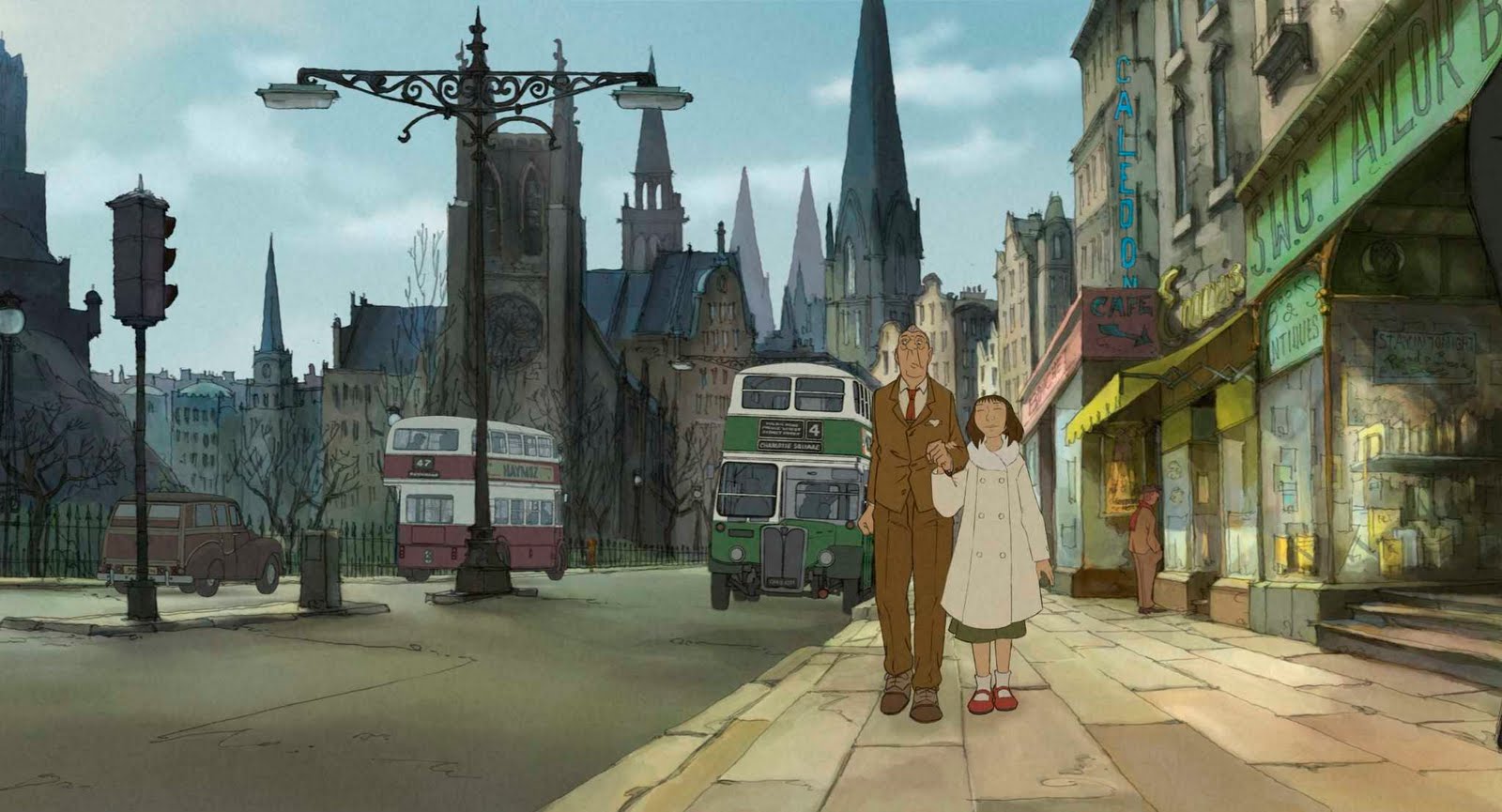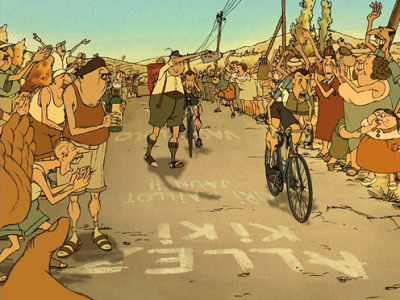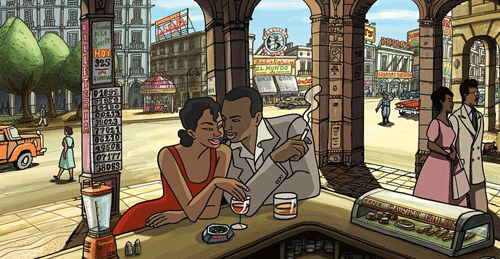In cinema, we largely attribute animation to comic strips and kids’ films, the ability to create your own universe being so transformative to those genres. When we think about our favourite films from our youth, they are predominantly animated, peppered here and there with some live action films. There’s something about the ability to create entirely your own world which is so fascinating to children. Animated films seem the very font of imagination, the places in which we can escape the world around us and reimagine ourselves. For children especially, animation opens up the doors of possibility and teaches them that the world is not set in stone.
For the past few years, there has been a subtle shift in cinema. Filmmakers and animators are turning to animation for a number of different types of films, not just for kids, enabling adults to rediscover its wondrous possibilities. And really, when did animation become something just for children? At what age does it become inappropriate to be presented with serious, dramatic pieces, in cartoon format?
Whilst filmmakers and animation studios like Studio Ghibli have been crossing the children/adult generational gap for some time, there are very few animated films which are undoubtedly ‘grown up’. The following filmmakers are able to see beyond the connotations of ‘animated’, using the form for its true purpose. After all, why should kids be the only ones who get to create their own universes?
Sylvain Chomet will appear twice on this list and with good reason; his cinematic output is exclusively animated and entirely intelligent. Belleville Rendezvous tells the story of one cycle fanatic who is kidnapped during the Tour de France. It is up to his ailing grandmother to track down the culprits and save her grandson before he is turned into dog meat. Despite the distinct lack of recognisable dialogue in the film, it is one of the richest narrative plots in all animated cinema. This is partly down to the magnificent scoring by Benoit Charest but due, in the most part, to Chomet’s intricately detailed cartoon world.
Belleville Rendezvous highlights the adaptability of the cinematic form; character tropes are manifested in physical ways, things which the characters cannot tell us are shown to us in the way they look and move. Chomet’s animation also exacerbates the scale of real things; the town in which the young man grew up is teetering on the steepest slope imaginable, perfect for cycling up hill. For creating spaces unfathomable in nature, Chomet’s film is a must watch.
Waltz with Bashir
Ari Folman’s 2008 film plays with the animation form, using the genre to tell a documentary of sorts. The film is compiled of remembrances of the Lebanon war, constructed of real interviews recorded by Folman from the people who witnessed it first hand. All of the dialogue in the film is taken from real experience. Much of what happens is sparked by Folman’s inability to remember what happened to him during the war. His venturing into animation allows him to restage both memory and reality, creating a space in between that is more subjective.
Animation in this case allows Folman to bend the boundaries of reality, manipulating what officially happened into something more close to what actually occurred. In Waltz with Bashir and through animation, Folman proves how memory, no matter how flawed, displaces reality. If we remember an event in a certain way, then it becomes the truth. In animation, his visions are validated.
Chico and Rita is perhaps one of the most magical animated films, producing the adult equivalent of child like wonder in its viewers. Telling the story of the eponymous couple, the film tracks how the pair chase their dreams of becoming a songwriter and singer respectively, suffering heartache and torment in their quest for happiness. Whilst the set up of the film may sound somewhat flat, the film itself is consistently passionate, warm and alive. Chico and Rita is inherently cinematic and yet, it is unclear whether or not it would work in the same way were it to have been made in ‘real life’, as it were. In animation, the story is truly magic.
The characters, whilst existing in real places (Havana and New York), seem displaced from our reality, living their life on a different plane. And really, they are. Chasing their dreams and following their hearts, both Chico and Rita are the people that we hope we could be, living their lives in way we hope that we could. Animation enables us to reconsider our possibilities.
The Illusionist
The second offering from French animator Sylvain Chomet, The Illusionist is based on an unproduced script by the master of French comedy, Jacques Tati. Following a magician as he moves across Britain up to Scotland, The Illusionist teeters on the edge of social change. Performing in a world which no longer believes in him, the magician is soon displaced by rock n’ roll music and teenage disinterest.
The Illusionist uses animation to its advantage; the film is funny, intricate and deeply affecting in equal parts. Tricks of the eye manifest themselves in the narrative and at times, it is unclear whether the illusionist is Tati, the magician or Chomet. Or all three. A heartbreaking moment introduces real film into the animated world and, for just a moment, the laws of reality are reversed. When faced with his human form on screen, the animated magician gawps in disbelief: “Could that really be me?”
Like the other films, The Illusionist works so well because it reminds us of the beauty in the world around us, how real life can be like a painting. When we see it on screen, we recognise the magic of real life and how easily mundane places around us can be transformed into something altogether different. In animation, we are reminded that we live in a cinematic world.



